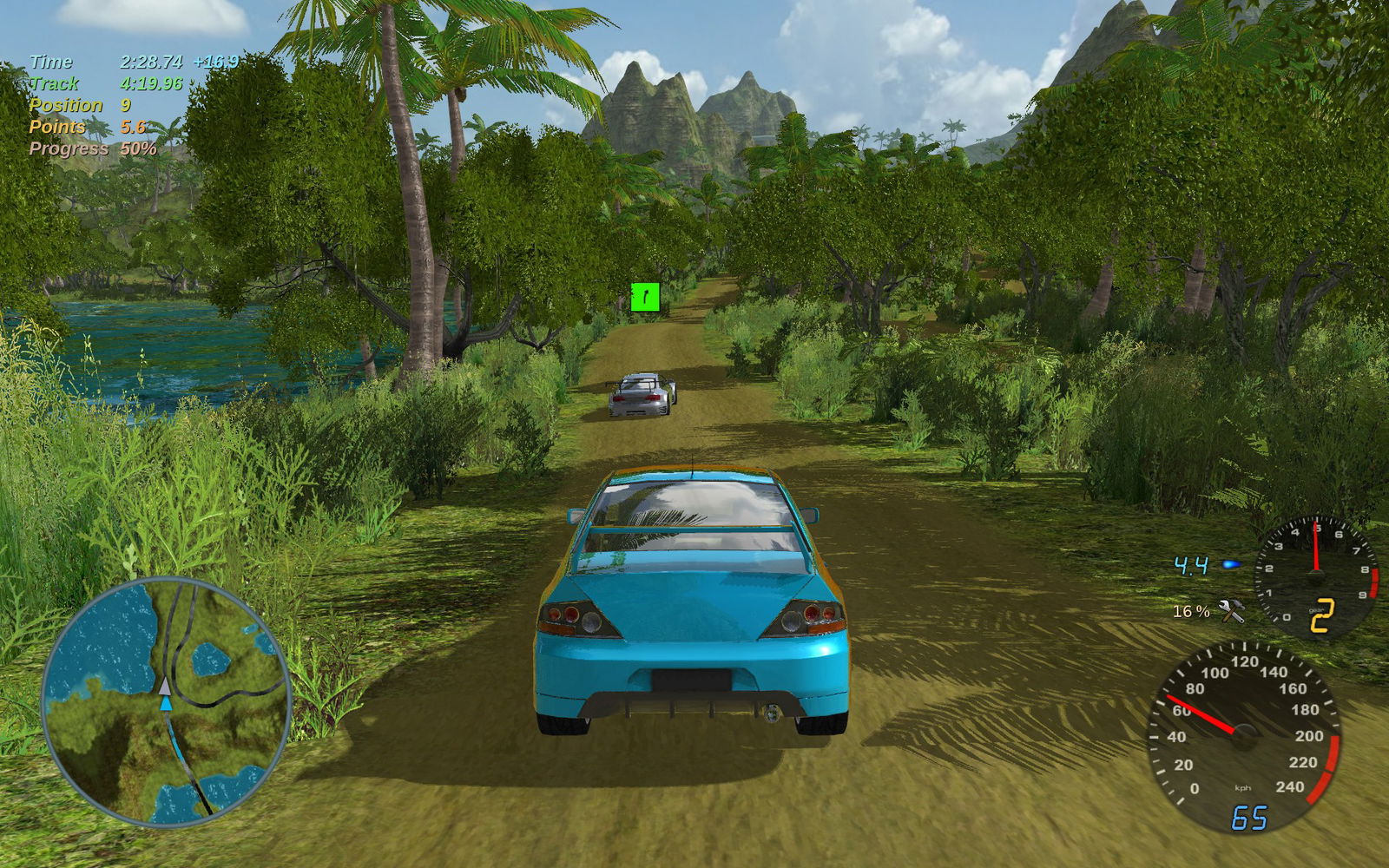10 Technologies That Are Ripping The Skill Out Of Driving
As you may have seen, Tesla has just started rolling out its latest software update, which has an autopilot feature. This isn’t a particularly ground-breaking technology as it’s far from autonomous driving and has been seen in cars like the Mercedes S-Class for years. It’s also only really useful in slow city driving, which even the most ardent driving fan would agree isn’t the most exciting time to be behind the wheel.
Despite this, a lot of people have been decrying the feature as stripping all the fun from driving. I disagree, but it did get me thinking about the technologies that have been introduced over the past few years that are making driving easier and killing the techniques that used to make good drivers stand out above the rest.
Here are 10 technologies that are stripping all of the skill out of driving:
1. Automatic rev matching

Imagine you’ve spent years perfecting your heel and toe technique, and then drive a car with automatic rev matching that blips each downshift better than you ever have. That’s exactly the reality I encountered while driving the Nissan 370Z. It was so good, in fact, that I left it to its own devices while driving fast and never bothered trying to rev match myself. The same rev matching tech has also been included in the new BMW M2.
We’ve seen this technology on automatics and semi-automatics for years, and there it makes sense. But now it’s creeping into manual cars, and while it’s an awesome technical achievement, it takes away another level of the important symbiosis between car and driver.
Nothing teaches you the width of your car better than parking in a narrow space. If every time you find a parking space you just hit a button and it does all the hard work for you, you might never get that unconscious knowledge of your car’s outer limits. That’s important for confidently navigating tight roads or car-lined city streets.
As a caveat to this, I would say reversing cameras are a great idea, as even if you learn the length of your car, it can be easy to miss small hidden obstacles that may be hidden by your car. However good you are at driving, you can’t see through metal. Interestingly, when I worked as a delivery driver while at university, we had reversing cameras retrofitted to our vans. Accidents actually increased, because drivers relied on them too much. So, yeah, sometimes even technology can’t save you from being an idiot, so pay attention.
I’m not sure why, but I find nailing a hill start one of the most satisfying driving techniques. Holding the clutch at the biting point and feeding in the throttle without rolling backwards always leaves me with a sense of satisfaction.
Hill start assist robs that satisfaction by holding the handbrake so that you can just mindlessly mash the throttle, letting the car release the handbrake when it senses that you are trying to move forwards. It might not sound like a big deal, but it teaches you proper clutch control, which is a very important aspect of car control.
4. Anti-stall

This is another technology that removes any motivation to master your clutch. Anti-stall systems, as seen on the new Ford Focus RS, push the clutch back in if they think the car is about to stall. You can just switch your brain off, dump the clutch, and see what happens.
Launching a car effectively is really rather difficult. You’ve got to judge the clutch and throttle perfectly to ensure you get a little bit of slip to stop you bogging down, without spinning the wheels up and engulfing the car in smoke rather than forward motion.
Launch control is a very efficient - and admittedly quite addictive - tool that allows the driver to put the throttle to the floor, with the on-board computer figuring out the perfect amount of revs for a quick launch. Plant your foot, let the car do the rest. Where’s the skill in that?
6. Drift mode

With so much computer trickery in place to make sure ham-fisted individuals keep their cars pointing in a straight line, drifting your super sports car has become increasingly difficult - through no fault of the driver. Therefore, manufacturers have implemented systems that can figure out when you’re sliding deliberately, and assist you in holding it.
The Focus RS has a ‘Drift Mode,’ while the Ferrari 458 has a system called ‘Slide Slip Control’. It’s great that technology has advanced to the point where a car can know you’re drifting on purpose, and actively assist you, but then you have to ask how much of that slide is really down to your Ken Block-like skills and how much is just down to the car holding your hand.
Pulling a burnout isn’t the most difficult skill in the automotive world, but there are enough melted clutches out there to indicate that there’s at least some skill involved. Or at least there was, until burnout modes came along.
Instead of balancing the pedals to keep the car steady and the rears lit, you can just hit a button - called Line-Lock on a Ford Mustang - which holds the front wheels stationary while the rears light up. Looks epic, but takes no skill at all.
8. Signpost reading

This is something that I’m incredibly guilty of. I never look at speed limit signs anymore. Most modern cars can either read signposts to tell you the limit, or the satellite navigation system has the road data and displays the limit. As soon as I get into an older car, or a car that doesn’t indicate limits, I often find myself guessing what speed I’m supposed to be going.
The question is, what other information have I missed now that I’ve trained my brain not to check the millions of signs that litter our roads?
9. Traction control that's never really off

Traction control can be very useful on your daily driving routine. It means that cruising about in bad weather isn’t too stressful and it stops you mindlessly spinning the wheels every time you dart out of a gap in traffic.
Unfortunately, when you want to drive like a bit of a hooligan, turning traction control off doesn’t always actually turn it off. What this means is that if you’re a competent wheelman, you’re never really in full control, and for those who are trying to learn driving like a pro, you might never find out what it’s truly like to go past the limit.
10. Advanced safety systems

Don’t get me wrong, I’m all for safety technology that can help save people’s lives. Advanced airbag systems and pedestrian protection are all worthy causes. The problem comes with collision avoidance, blind spot warnings, and other advanced collision avoidance systems. What this does is give the driver fewer and fewer things to actually do, which inherently causes them to pay less attention.
If you know you can just switch off to the outside world and let the car do all the hard work, when you suddenly find yourself needing to make a decision you won’t be switched on enough to react appropriately. It’s a difficult balance to find, admittedly, but generally speaking, the mind works better when it is focused on the job at hand.


Comments